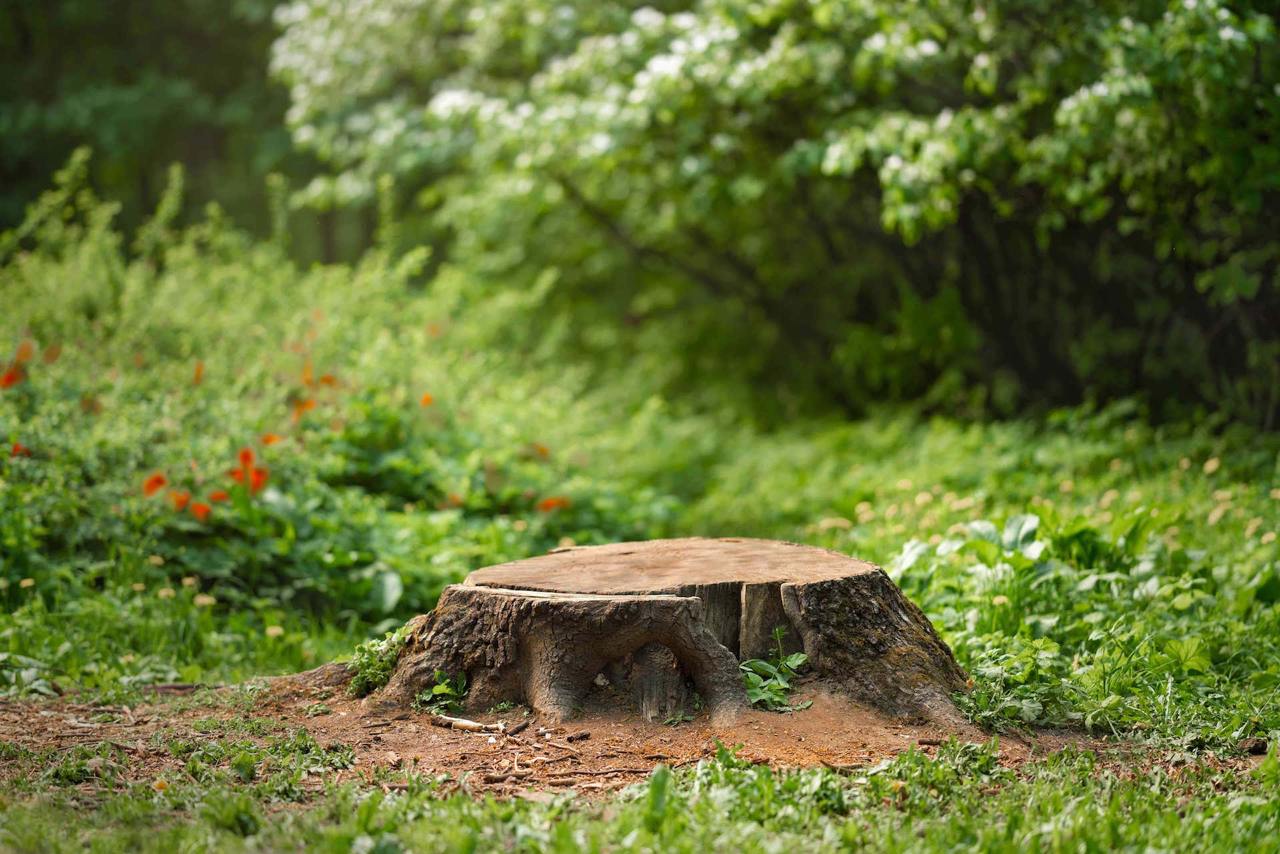
The Urban Forest: Strategies for Managing Trees in a Growing Cityscape Jul 22, 2025
Managing trees in a growing cityscape is critical for sustaining environmental health, improving air quality, and enhancing the visual appeal of urban areas. Urban trees offer shade, reduce heat, and play a vital role in stormwater management. However, these benefits come with responsibilities, including ensuring the healthy growth and safety of these trees amid expanding infrastructure.
The first step in managing the urban forest effectively is comprehensive tree assessment and inventory. Knowing what tree species are present, their age, health status, and locations can provide valuable insights for both short-term and long-term planning. This inventory should be an ongoing process, updated regularly to reflect changes due to growth, disease, or removal.
Once a detailed understanding of the urban forest is established, the next phase involves implementing proper maintenance practices. Pruning is a crucial activity that keeps trees healthy and minimizes risks. Proper pruning removes dead or diseased branches, reduces tree canopies to maintain public safety, and encourages new growth. Our team at Revival Tree Management is skilled in advanced pruning techniques that not only enhance tree health but also consider the tree's aesthetics within the urban landscape.
Moreover, fertilization and soil management play a significant role in tree health and vitality. Urban soils can be compacted, nutrient-deficient, and subject to pollution, all of which can negatively impact tree growth. Revival Tree Management recommends regular soil testing to monitor fertility levels and identify any deficiencies. Applying the right fertilizers and soil amendments can significantly boost tree health, ensuring they thrive amidst urban challenges.
Another strategic element in urban forest management is pest and disease control. Urban trees can be vulnerable to a wide range of pests and diseases that, if unnoticed, can spread rapidly. Early detection and a proactive approach to managing pests help maintain the integrity of the urban forest. Using integrated pest management strategies that minimize the use of harsh chemicals can effectively manage these threats while also being environmentally conscious.
Community education and engagement are also vital. As cities grow, ensuring public awareness about the importance of trees can foster community support and involvement. Residents can play active roles in reporting tree health concerns and participating in tree planting and care programs. Revival Tree Management believes that educating the community about the benefits and care of urban trees can lead to better stewardship and appreciation of a city's green assets.
Finally, strategic planning for tree planting and replacement ensures that cities continue to enjoy the benefits of a robust urban forest. Selecting the right species that will thrive given the local climate and withstand urban stressors can lead to healthier, longer-lasting trees. Revival Tree Management can assist in creating a diverse mix of tree species that will contribute to the ecological stability and beauty of urban landscapes.
In conclusion, managing trees in a growing cityscape is an ongoing commitment that requires a combination of assessment, maintenance, community engagement, and strategic planning. As urban areas continue to expand, the integration of these strategies becomes essential. At Revival Tree Management, we are dedicated to ensuring that urban forests across the country continue to flourish, providing aesthetic, ecological, and health benefits to city dwellers while supporting sustainable urban growth.
/filters:no_upscale()/filters:format(webp)/media/05d9125c-9cf6-4570-ad5b-6e9a2642e560.jpeg)